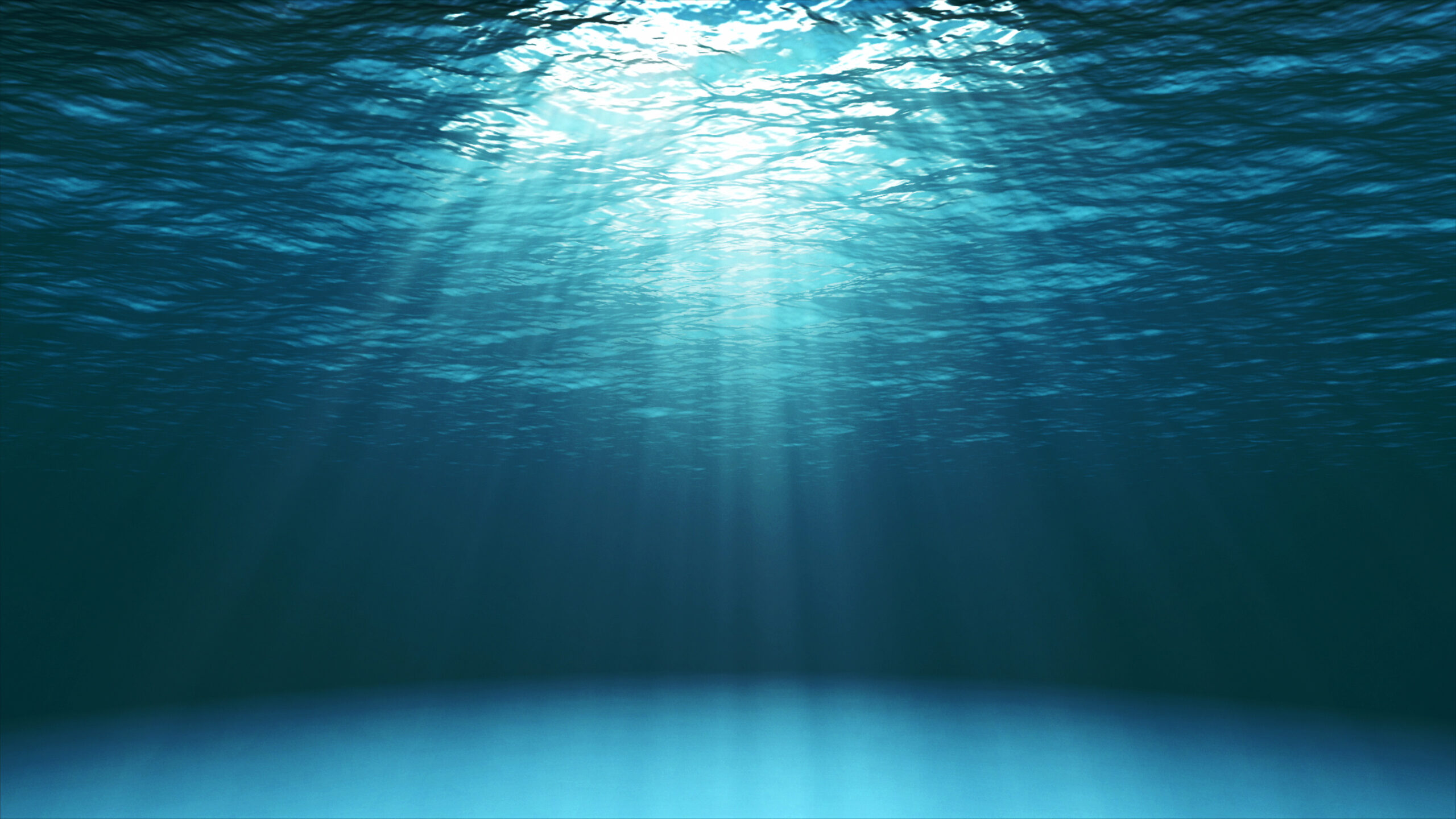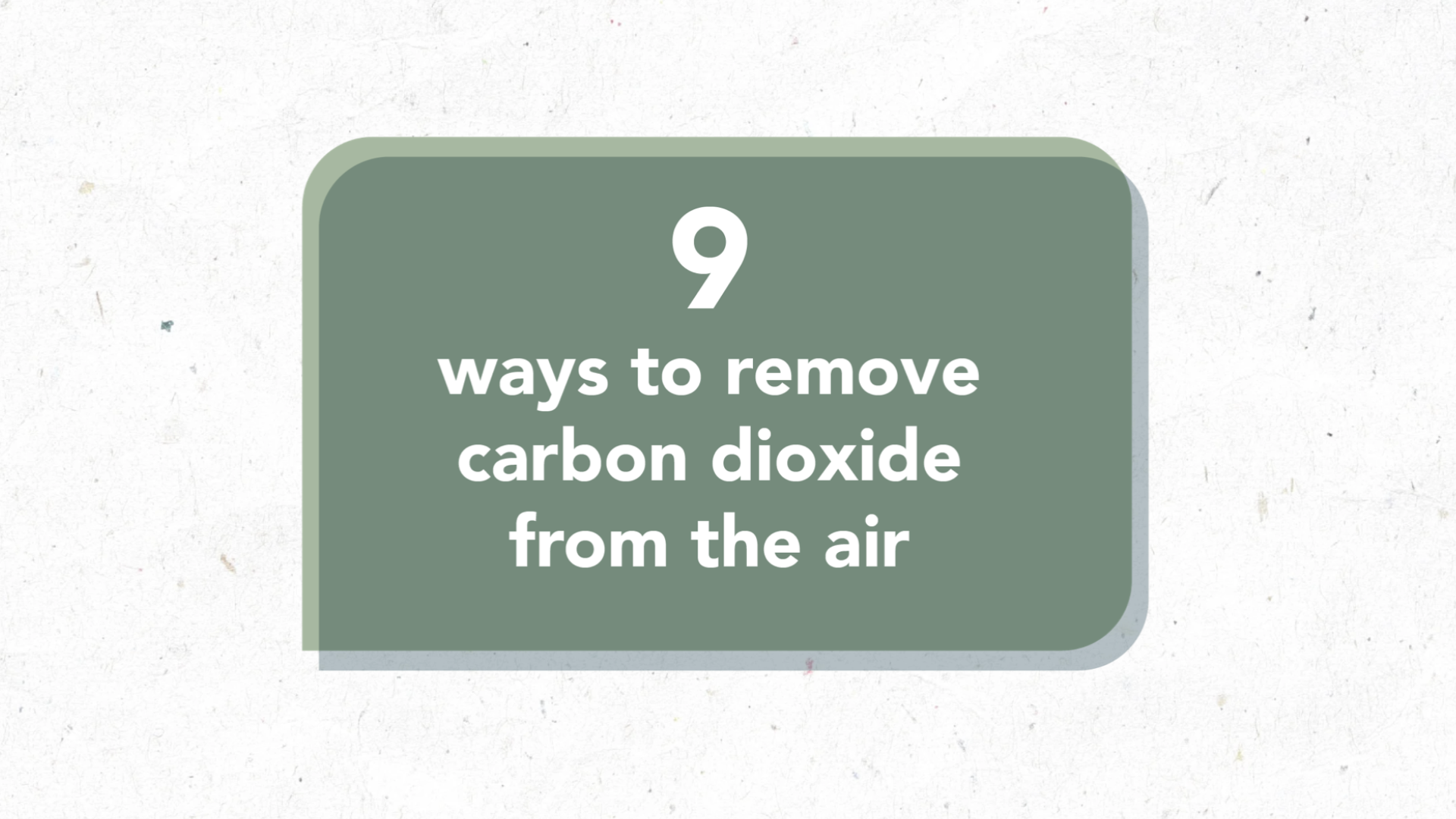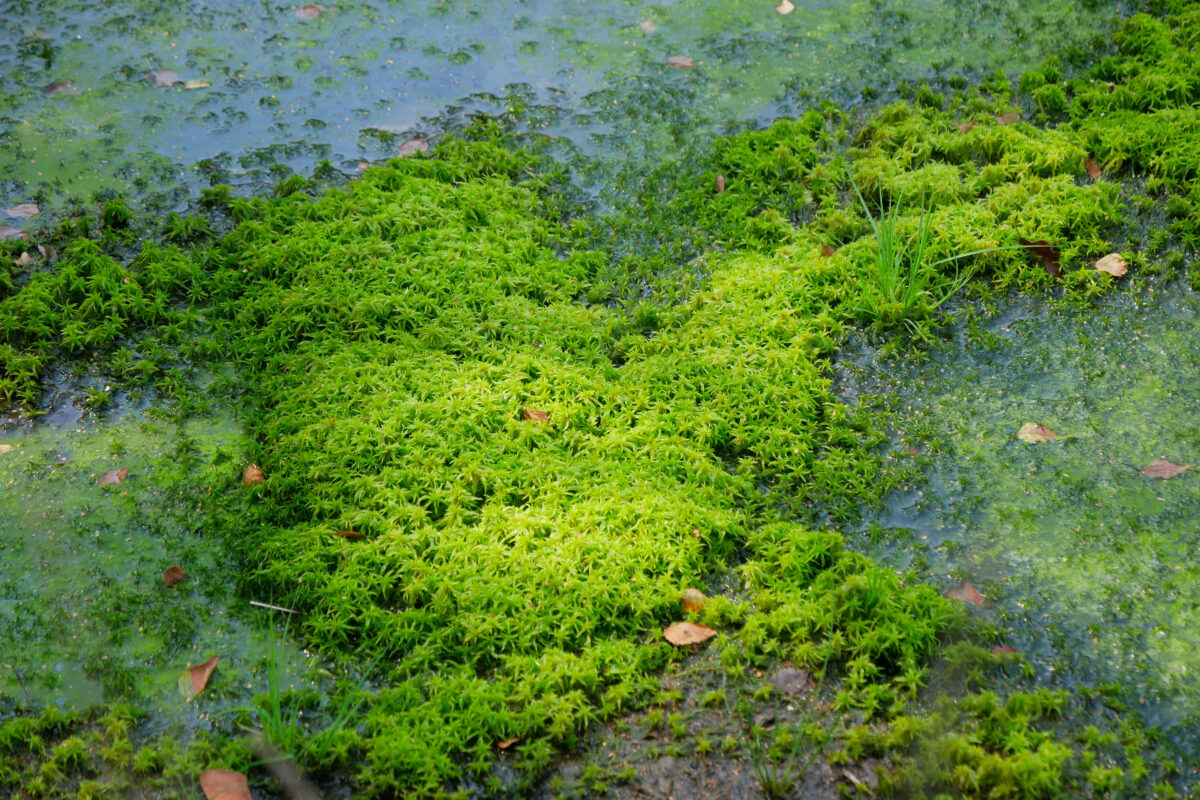By Dr Rachel White and Dr Steve Rackley. Rachel is Director of Port and Coastal Solutions and principal investigator of a CO2RE-funded project investigating modelling aspects of ocean alkalinity enhancement by mineral particle addition. Steve is Scientific Advisor to Planetary Technologies and scientific advisor to the project.
The ocean currently takes up close to three billion tonnes of carbon dioxide (CO2) a year—about a quarter of global emissions. So it has the potential to play a significant role in achieving the scale of CO2 removal we need to avoid the worst consequences of global warming.
Ocean alkalinity enhancement (OAE) is a method of carbon removal that aims to combat climate change while also locally countering ocean acidification. When the alkalinity of seawater is increased, dissolved CO2 is converted to bicarbonate and carbonate ions which can remain stable for thousands of years. This in turn enables the surface layers of the ocean to absorb more CO2 from the atmosphere without causing further acidification.
The potential of ocean alkalinity enhancement
OAE has significant potential to help the UK meet its net-zero targets. It could remove up to 20 million tonnes (megatonnes) of CO2 a year through water treatment outfalls alone while staying within environmental regulatory limits on pH and suspended solids. If deployed through the discharge of cooling water from nuclear plants it has the potential to remove several hundred times more per site.
A number of approaches to OAE are being considered, including dispersing alkaline mineral particles in the ocean through such outfalls, discharging seawater that has been alkalized by electrochemical processing, or discharging fully dissolved alkaline solutions of sodium or calcium hydroxide. For any of these to work, however, the CO2-depleted water must stay in the surface ocean layers for years to enable CO2 uptake from the atmosphere to be completed.
It’s also the case that we can’t directly measure the effectiveness of OAE until it can be deployed at megatonne scale, at which point ocean sensors will be able to detect the resulting changes in ocean chemistry above background variations.
So, while ocean observations will always be important, we will need to rely heavily on numerical models to understand how effective OAE methods could be at removing CO2 – together with a robust assessment of the uncertainties involved.
Challenges in OAE modelling
Two key questions are central to understanding the effectiveness of OAE by mineral particle addition: how mineral particles will move and dissolve in seawater, and how the alkalinized seawater will itself move in the surface layer of the ocean. This project will investigate the first of these questions.
Released mineral particles will vary widely in size (typically <1 micron to >20 microns) and their movement – including how quickly they sink – depends on their size and shape, which in turn changes as they dissolve. This makes a rigorous assessment of the release of alkalinity at best extremely complex. Standard Eulerian ocean-modelling techniques – essentially x,y,z-gridded models of ocean properties stepping forward in time – can’t account for all the potential variables, so until now OAE modelling studies have only tackled the release of fully dissolved alkalinity.
Benefits of a Lagrangian approach
An alternative approach, using Lagrangian modelling, can calculate the trajectories of individual particles (or water parcels) based on the flow velocities from an Eulerian hydrodynamic model. This type of modelling is widely used for tracking sediment and debris in the ocean, including oil-spill dispersal. Our project aims to use a Lagrangian approach which accounts for particle dissolution to determine what we call the “alkalinity release field”. This will then be applied as an additional input to an Eulerian ocean model, ensuring that the model accounts for the changing properties of particles of different sizes, including as they reduce in size by dissolution.
In essence, the trajectories of a large number of particles are tracked using the velocity field from the hydrodynamic model, thus determining the location of alkalinity released as the particles dissolve over time. The final alkalinity release field captures the spatial and temporal distribution of released alkalinity for particles of all sizes, and can be input to the hydrodynamic model to then assess the movement of the alkalized water and the resulting CO2 drawdown from the atmosphere.
Next steps
Work started on this calculation scheme in 2023 and we’re expecting results by spring 2024. If it proves successful, the approach will see its first real-world application in modelling an OAE pilot which is planned for summer 2024.
Many teams around the world are currently working on numerical modelling approaches with direct application to marine carbon dioxide removal. Our work to fill the knowledge gap around alkalinity release will ensure that these models can deliver a robust assessment of the effectiveness of OAE by mineral addition, a prerequisite for the verification of CO2removals by crediting agencies.





